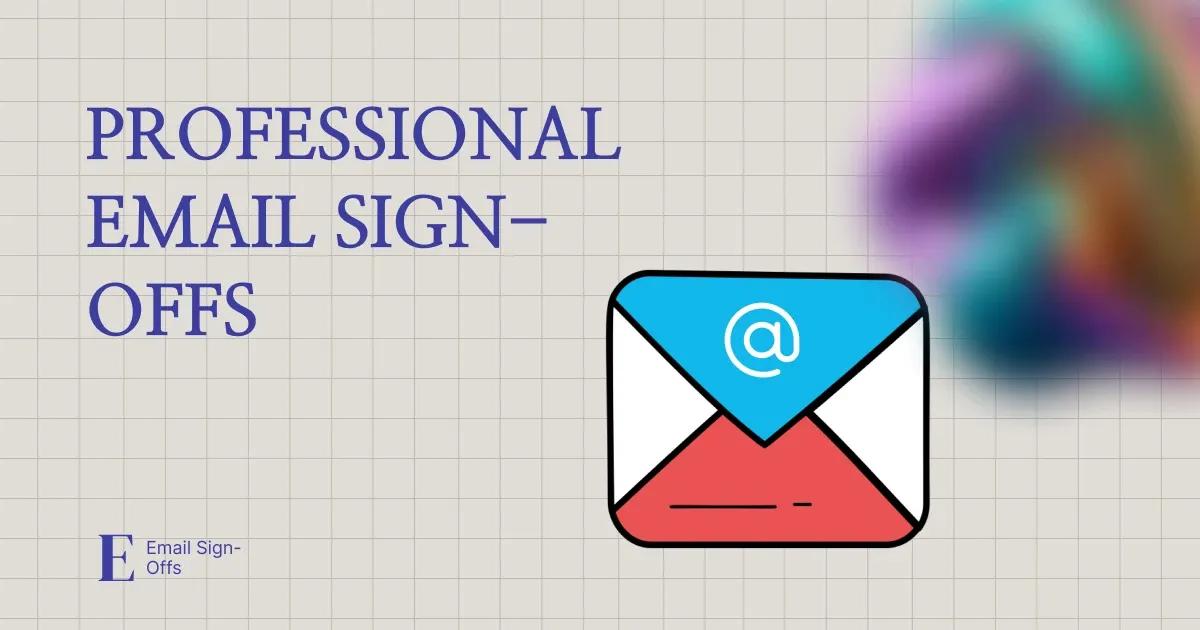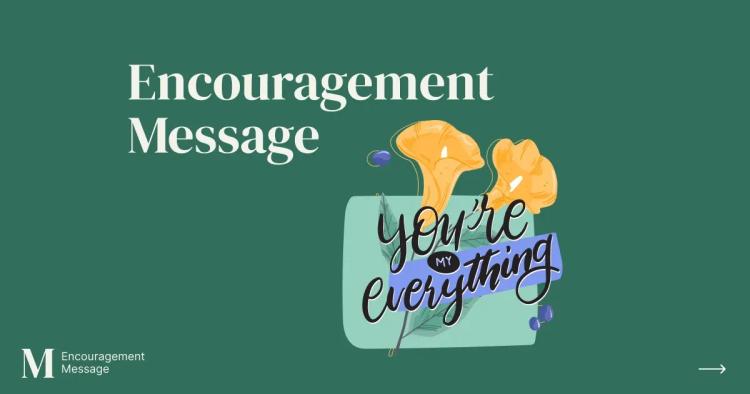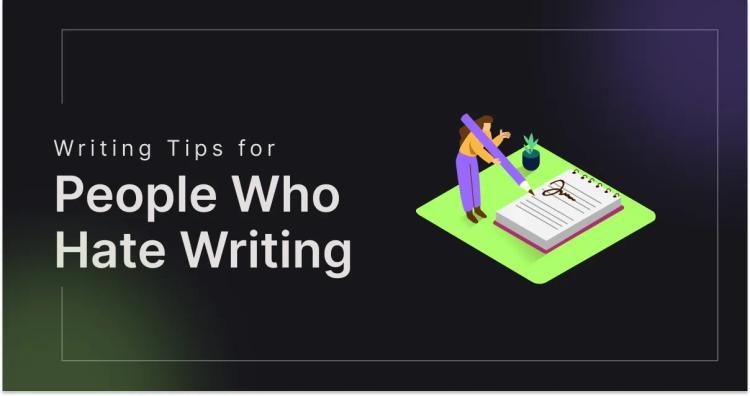Emails have become the cornerstone of communication in the modern workplace. Whether you're reaching out to a colleague, client, or supervisor, how you conclude your email can leave a lasting impression. Professional sign-offs are more than just polite formalities; they reflect your professionalism, attention to detail, and overall communication skills.
This guide delves into the nuances of crafting effective sign-offs that resonate with your audience and enhance your professional image.
Importance of Effective Closure in Communication
The closing of an email serves as the final touchpoint of your message, leaving a lasting impression on the recipient. A well-crafted sign-off provides closure, reinforces your message, and sets the tone for future interactions. Whether expressing gratitude, confirming an action, or bidding farewell, how you conclude your email can significantly impact your message's perception.
Effective closure also helps to ensure clarity and avoid misunderstandings. By summarising the key points of your message and reiterating any action items or next steps, you can ensure that the recipient knows exactly what is expected of them. This helps streamline communication and prevent any potential confusion or delays in response.
Understanding Different Contexts: Formal vs. Informal Sign-Offs
The appropriate sign-off for an email can vary depending on the context and relationship between the sender and recipient. In more formal settings, such as when corresponding with clients or senior executives, it's essential to maintain a professional tone and use formal language in your sign-off. Common formal sign-offs include "Best regards," "Sincerely," or "Yours faithfully."
Conversely, in informal or familiar settings, such as when emailing colleagues or close acquaintances, you can use casual language and expressions in your sign-off. Phrases like "Take care," "Cheers," or simply "Thanks" can convey warmth and familiarity while still maintaining professionalism.
Critical Elements of a Strong Sign-Off
A strong sign-off should encapsulate the tone and purpose of your email while leaving a positive impression on the recipient. Several key elements to consider when crafting your sign-off include brevity, relevance, and sincerity.
First and foremost, your sign-off should be concise and to the point. Avoid overly lengthy or verbose closing statements, as they can dilute the impact of your message and come across as insincere. Instead, aim for clarity and brevity, focusing on conveying your message effectively without unnecessary embellishment.
Additionally, your sign-off should be relevant to the content of your email and the nature of your relationship with the recipient. Consider factors such as the level of formality required, the recipient's preferences, and the overall tone of your message when selecting an appropriate sign-off.
Finally, sincerity is vital when it comes to sign-offs. Choose a closing statement that reflects your sentiment and relationship with the recipient. Avoid generic or insincere expressions that may come across as disingenuous or impersonal.
Tailoring Sign-Offs to Your Audience and Purpose
One of the most important aspects of crafting effective sign-offs is tailoring them to your audience and the purpose of your email. Different situations may call for different sign-offs, depending on factors such as the recipient's role, relationship with you, and the context of your communication.
For example, when emailing clients or senior executives, it's essential to maintain a professional tone and use formal sign-offs that convey respect and courtesy. Phrases like "Kind regards" or "Yours sincerely" are appropriate in these contexts and help establish professionalism and trust.
Conversely, when corresponding with colleagues or peers, you have more leeway to use informal sign-offs that reflect the nature of your relationship and the tone of your message. Phrases like "Thanks," "Take care," or "Best" can convey warmth and camaraderie while still maintaining professionalism.
Crafting Authenticity: Avoiding Overused Clichés
In the world of professional communication, clichés abound. From generic phrases like "Looking forward to hearing from you" to overused expressions like "Best regards," it's easy to fall into the trap of using tired, uninspired sign-offs that lack personality and authenticity.
However, avoiding clichés and opting for more original and meaningful sign-offs can make a stronger impression on your recipients and differentiate yourself from the crowd. Instead of defaulting to tired clichés, take the time to craft a sign-off that reflects your personality, relationship with the recipient, and the context of your message.
Consider incorporating gratitude, warmth, or personalization into your sign-off to make it more memorable and impactful. Phrases like "Wishing you a great day ahead," "Looking forward to our next conversation," or "Gratefully yours" can add a personal touch to your emails and leave a positive impression on the recipient.
The Power of Personalization: Adding a Touch of Warmth
Personalization is critical to crafting effective sign-offs that resonate with your audience. By tailoring your closing statement to the recipient and the context of your communication, you can convey sincerity, warmth, and authenticity.
One way to personalize your sign-off is by referencing previous interactions or shared experiences with the recipient. For example, mention a recent conversation, meeting, or collaboration and express your appreciation for the opportunity to connect.
Additionally, you can use the recipient's name or title in your sign-off to add a personal touch and demonstrate your attention to detail. Addressing the recipient directly can strengthen your connection and leave a positive impression on them.
Finally, consider incorporating elements of gratitude or well-wishes into your sign-off to show appreciation for the recipient and leave them with a positive sentiment. Phrases like "Thank you for your time and consideration," "Best wishes for continued success," or "Warm regards" can add warmth and sincerity to your emails and enhance your professional image.
Leveraging Technology: Integrating Grammar Checkers for Polished Communication
In today's fast-paced workplace, communication efficiency is critical. Grammar checkers are valuable tools that can help you streamline your sign-off process and ensure that your emails are polished and error-free.
Integrating a grammar checker into your email workflow allows you to catch typos, grammatical errors, and punctuation mistakes before hitting send. This can help enhance your emails' clarity and professionalism and prevent embarrassing errors that could undermine your credibility.
Additionally, grammar checkers can provide valuable feedback and suggestions for improving your writing style and tone. These tools can help refine your communication and convey your message more effectively, from suggesting alternative phrases to highlighting repetitive or ambiguous language.
Exploring Copychecker's Grammar Checker Tool: Streamlining Your Sign-Off Process
Copychecker's grammar checker tool is a powerful resource for professionals looking to elevate their email communication. With advanced features and intuitive functionality, Copychecker makes it easy to ensure your emails are error-free and polished before sending them off.
One of Copychecker's key features is its comprehensive grammar and spelling check, which scans your email for typos, grammatical, and punctuation mistakes. Whether you're writing a brief message or a lengthy document, Copychecker's grammar checker can help you catch errors and make corrections quickly and easily.
In addition to its grammar check feature, Copychecker offers advanced editing tools that can help you improve your emails' clarity, coherence, and readability. From suggesting alternative phrasing to highlighting repetitive or unclear language, Copychecker provides valuable feedback to help refine your writing and communicate more effectively.
Maximizing Efficiency: Tips for Using Grammar Checkers Effectively
While grammar checkers can be valuable tools for improving your email communication, using them effectively is essential to maximize their benefits. Here are a few tips for getting the most out of your grammar checker:
-
Customize your settings: Most grammar checkers allow you to customize your settings to suit your preferences and writing style. Take the time to adjust the settings to your liking, including your preferred language, writing tone, and level of formality.
-
Review suggestions carefully: While grammar checkers can be helpful for catching errors, they're not infallible. Always review the tips the grammar checker provides carefully to ensure they're appropriate for your context and intention.
-
Use discretion: Grammar checkers are valuable tools but are not a substitute for human judgment. Use your discretion when accepting or rejecting suggestions from the grammar checker, and always consider the context and audience of your email.
-
Proofread manually: In addition to using a grammar checker, you must proofread your emails before sending them. Take the time to read through your email carefully, checking for any errors or inconsistencies that the grammar checker may have missed.
-
Practice regularly: Like any skill, using a grammar checker effectively takes practice. Remember to incorporate grammar checkers into your email workflow and note any patterns or common errors you can address in your writing.
FAQs
What is a professional sign-off?
A professional sign-off is the closing statement or phrase used at the end of an email to convey respect, courtesy, and professionalism. It serves as a final touchpoint in communication and can leave a lasting impression on the recipient.
When to use a professional sign-off?
Professional sign-offs should be used in all business-related emails, regardless of the recipient or context. Whether you correspond with clients, colleagues, or supervisors, a professional sign-off is essential for conveying professionalism and respect.
What should a sign-off include?
A sign-off should include a closing statement or phrase that reflects the tone and purpose of your email. It should be concise, relevant, and sincere and may consist of expressions of gratitude, well-wishes, or simply a formal farewell.
Elevating Your Communication with Professional Sign-Offs
In conclusion, professional sign-offs play a crucial role in effective email communication. By carefully crafting your closing statement to reflect your message, audience, and intention, you can leave a positive impression on your recipients and enhance your professional image.
Whether you correspond with clients, colleagues, or senior executives, tailoring your sign-off to the context and relationship with the recipient is essential. From formal expressions of gratitude to casual well-wishes, how you conclude your email can significantly impact how your message is perceived.
By following the tips and strategies outlined in this guide, you can craft effective sign-offs that resonate with your audience and enhance your professional image in the workplace.




